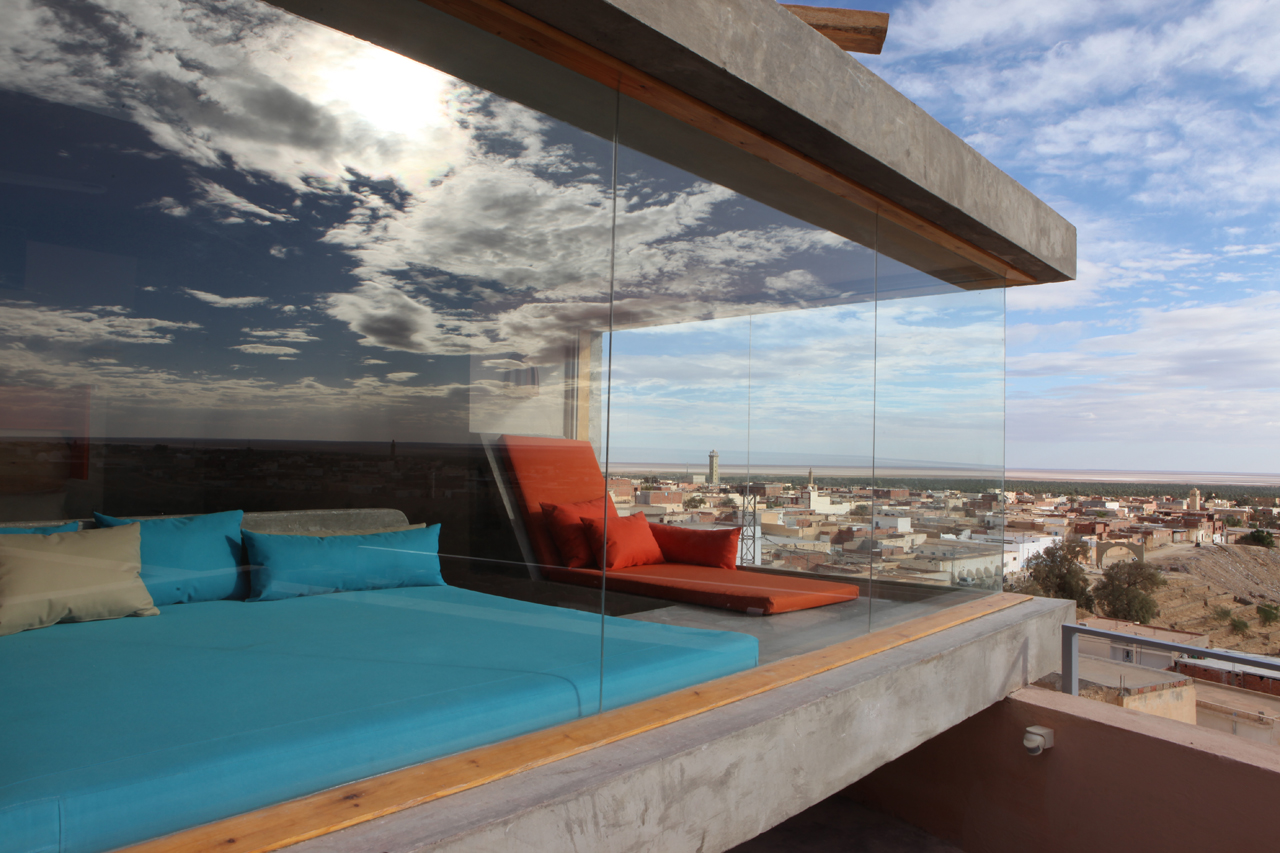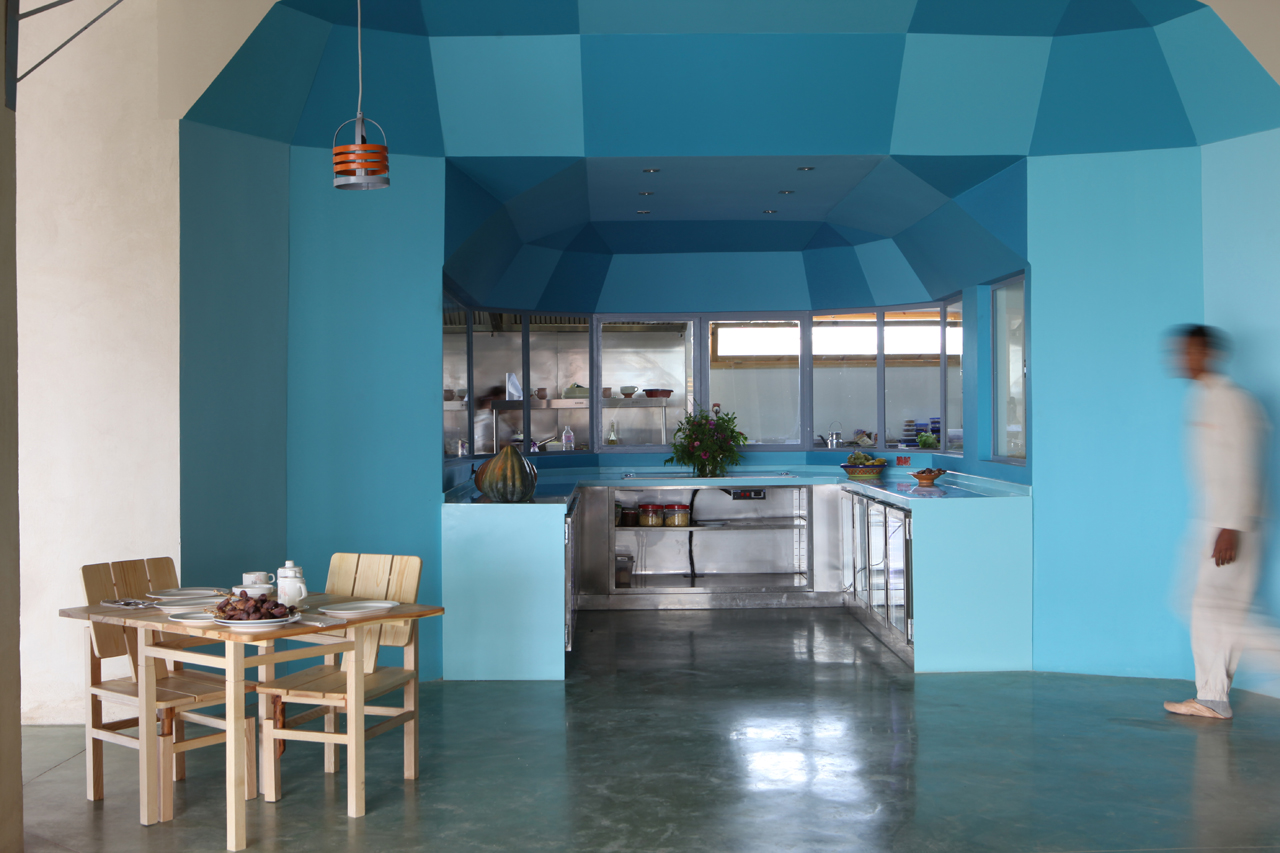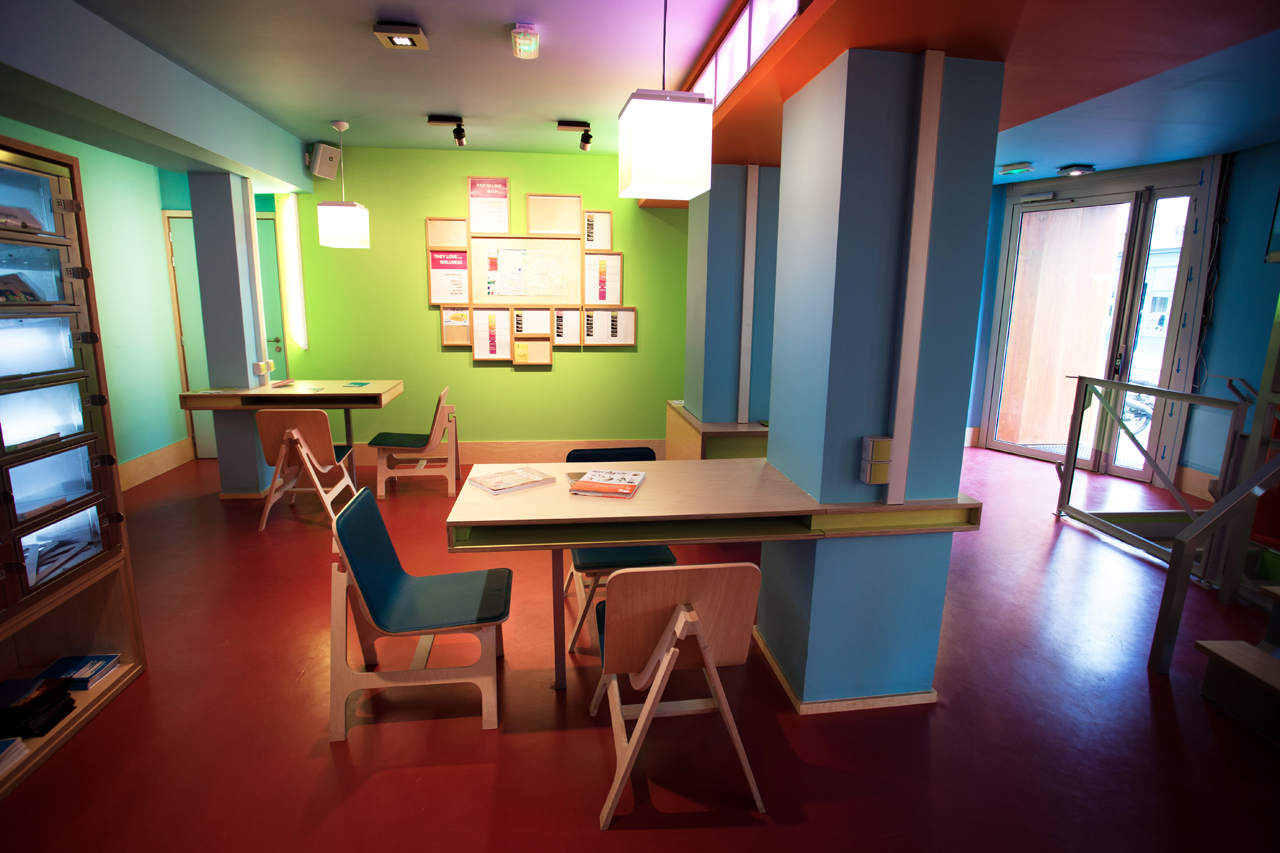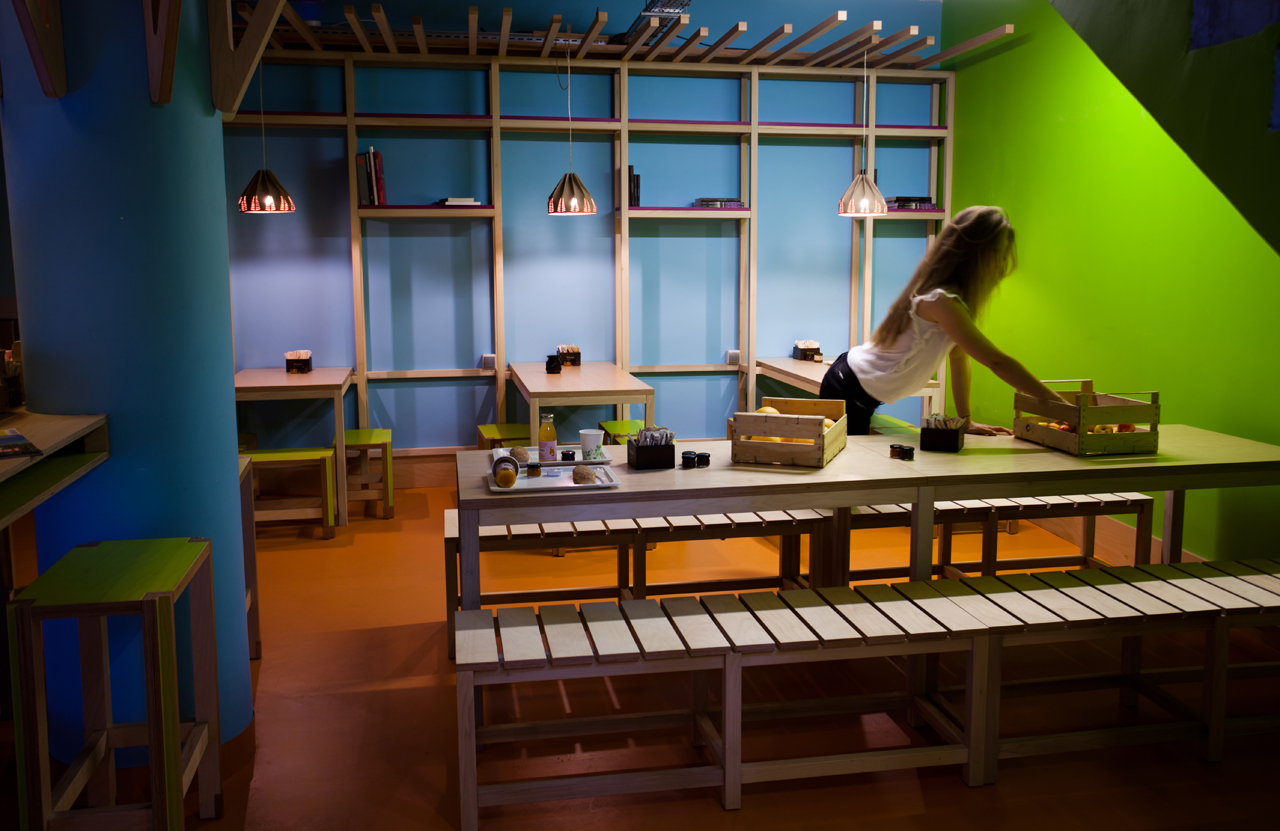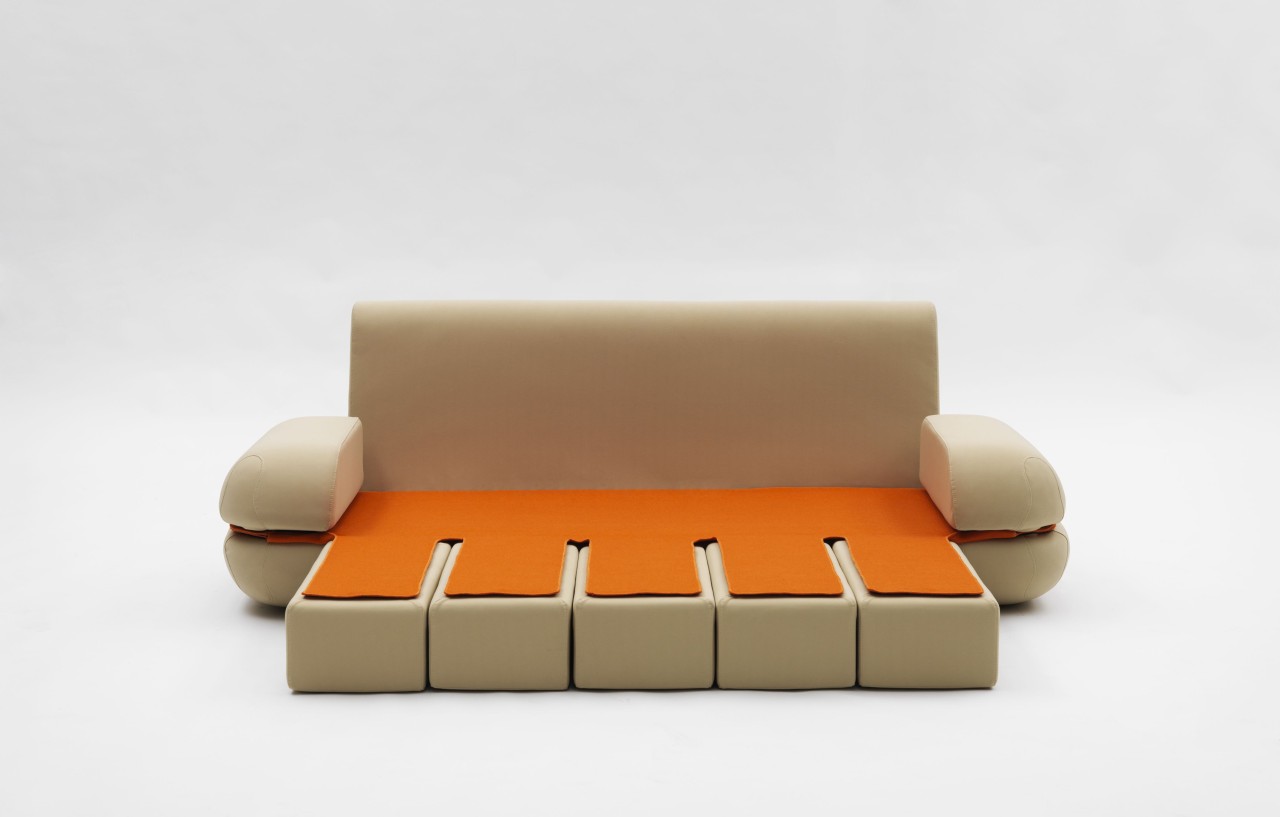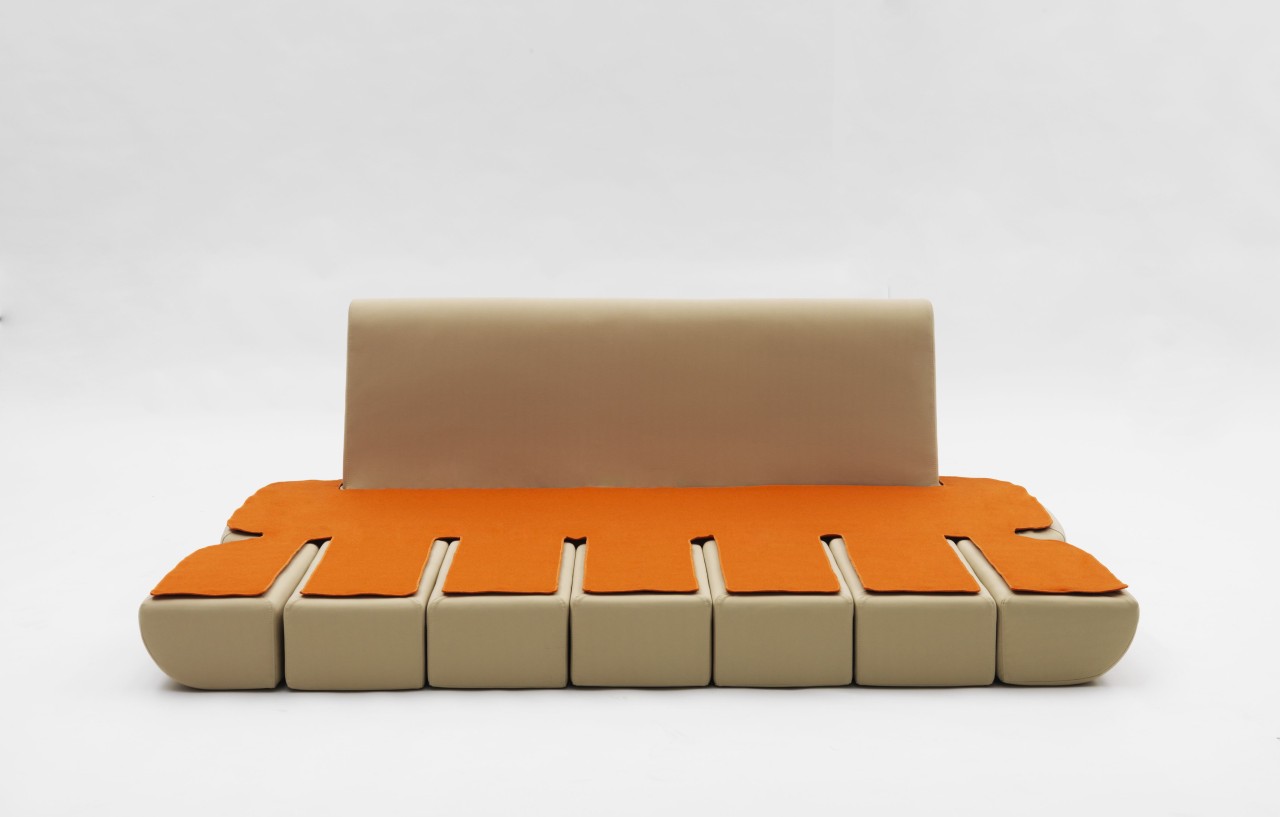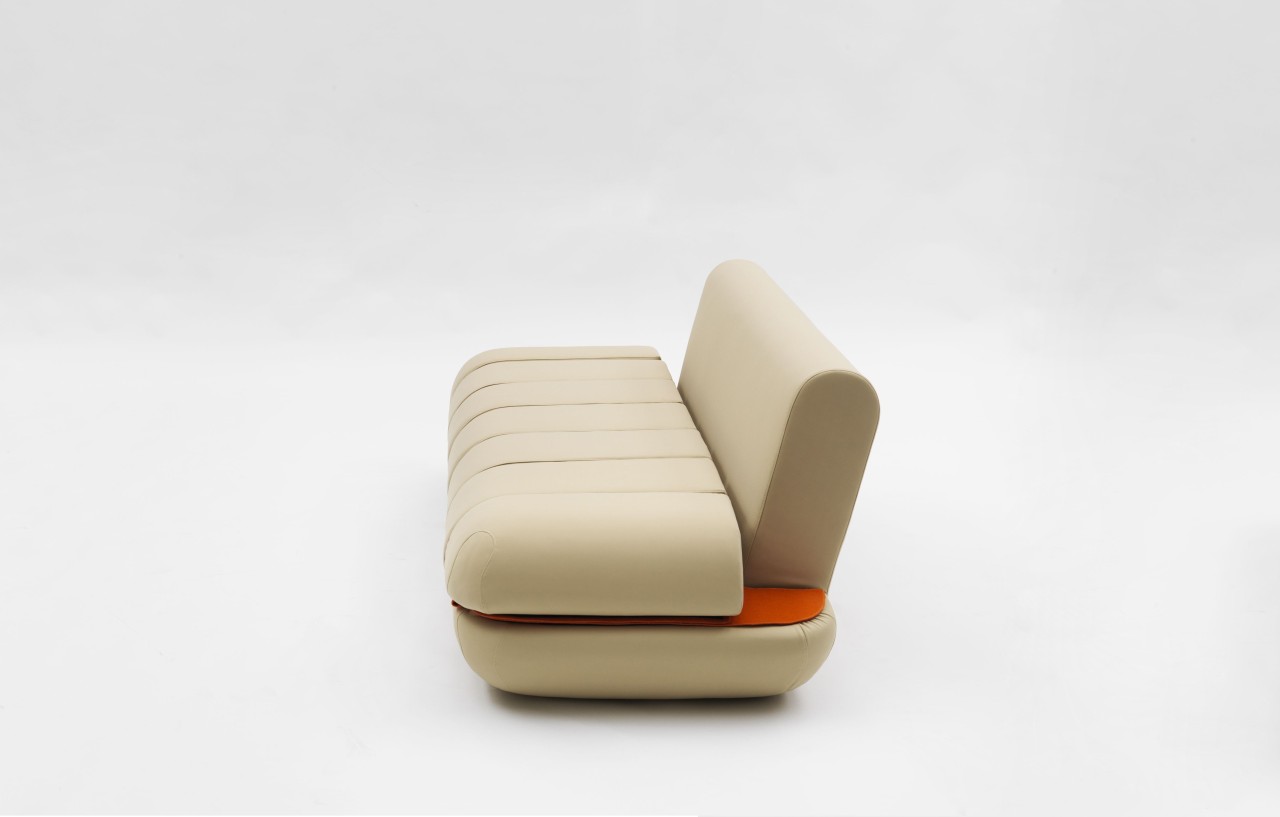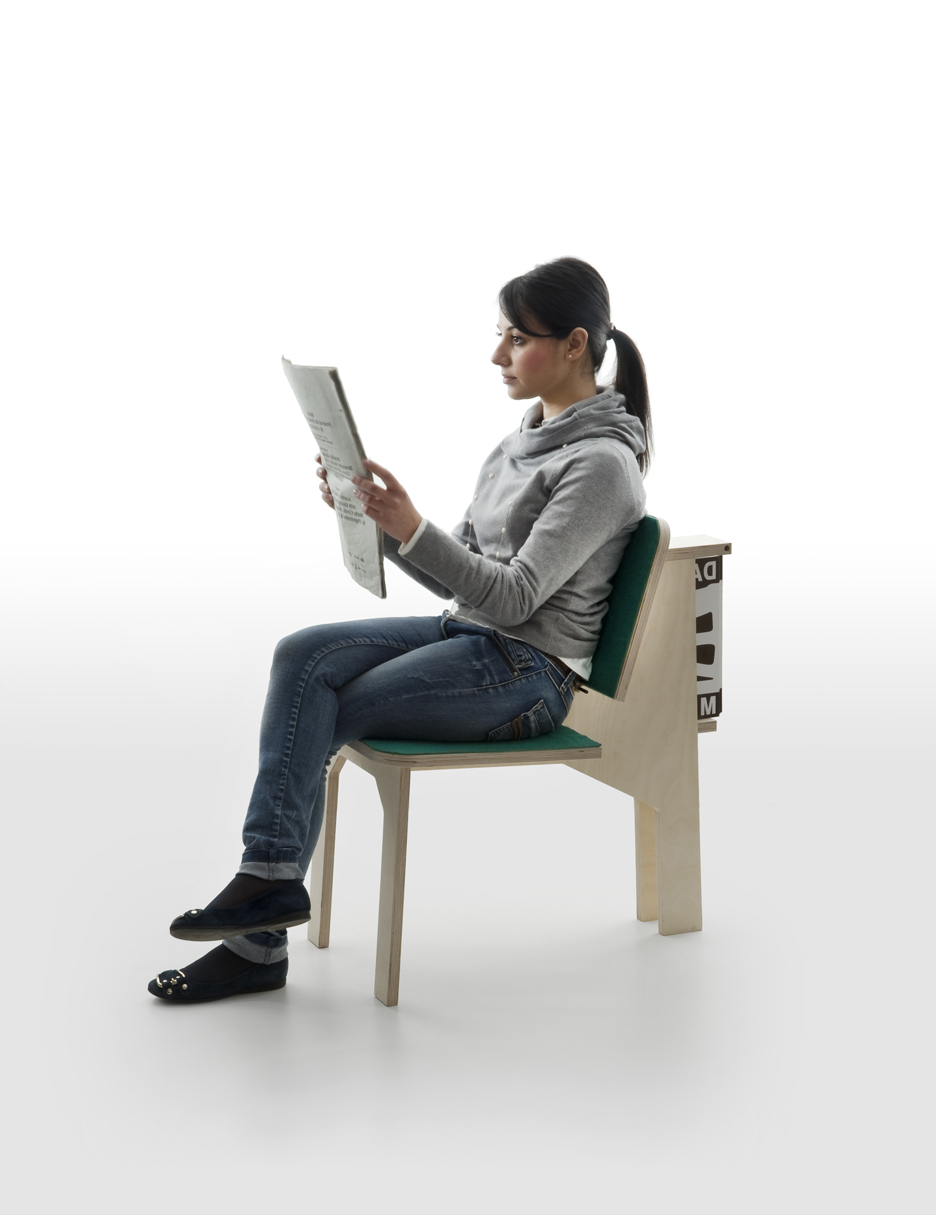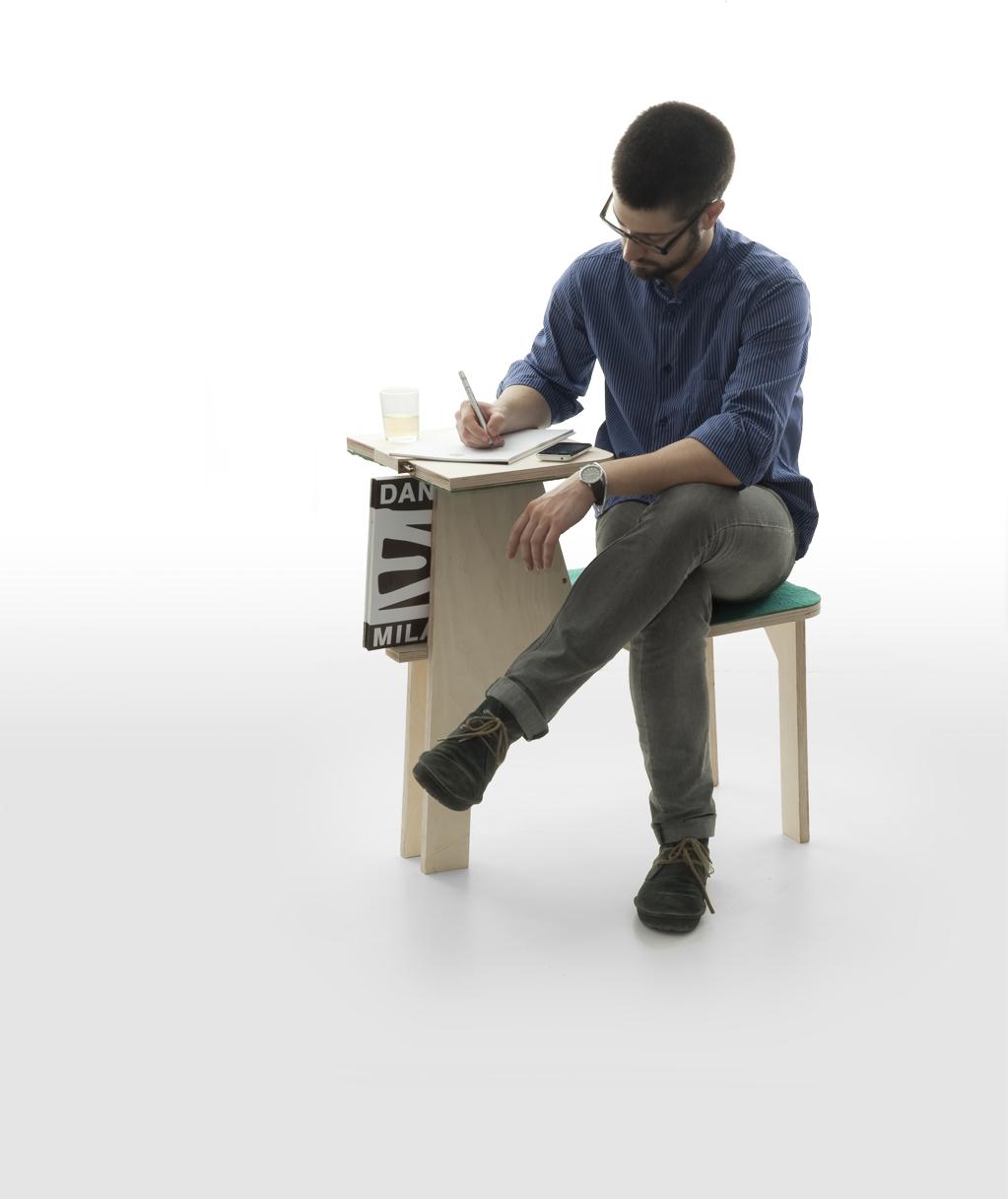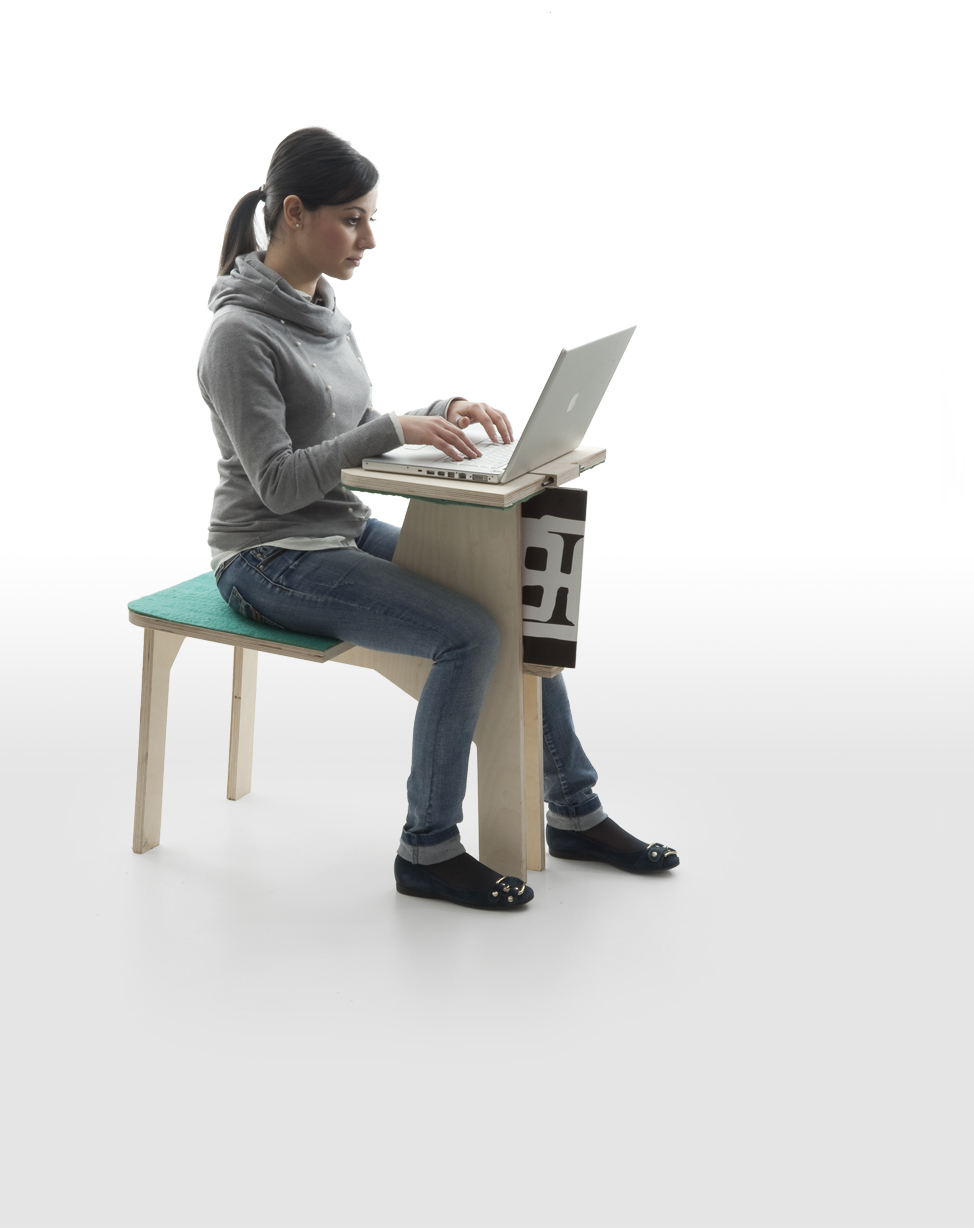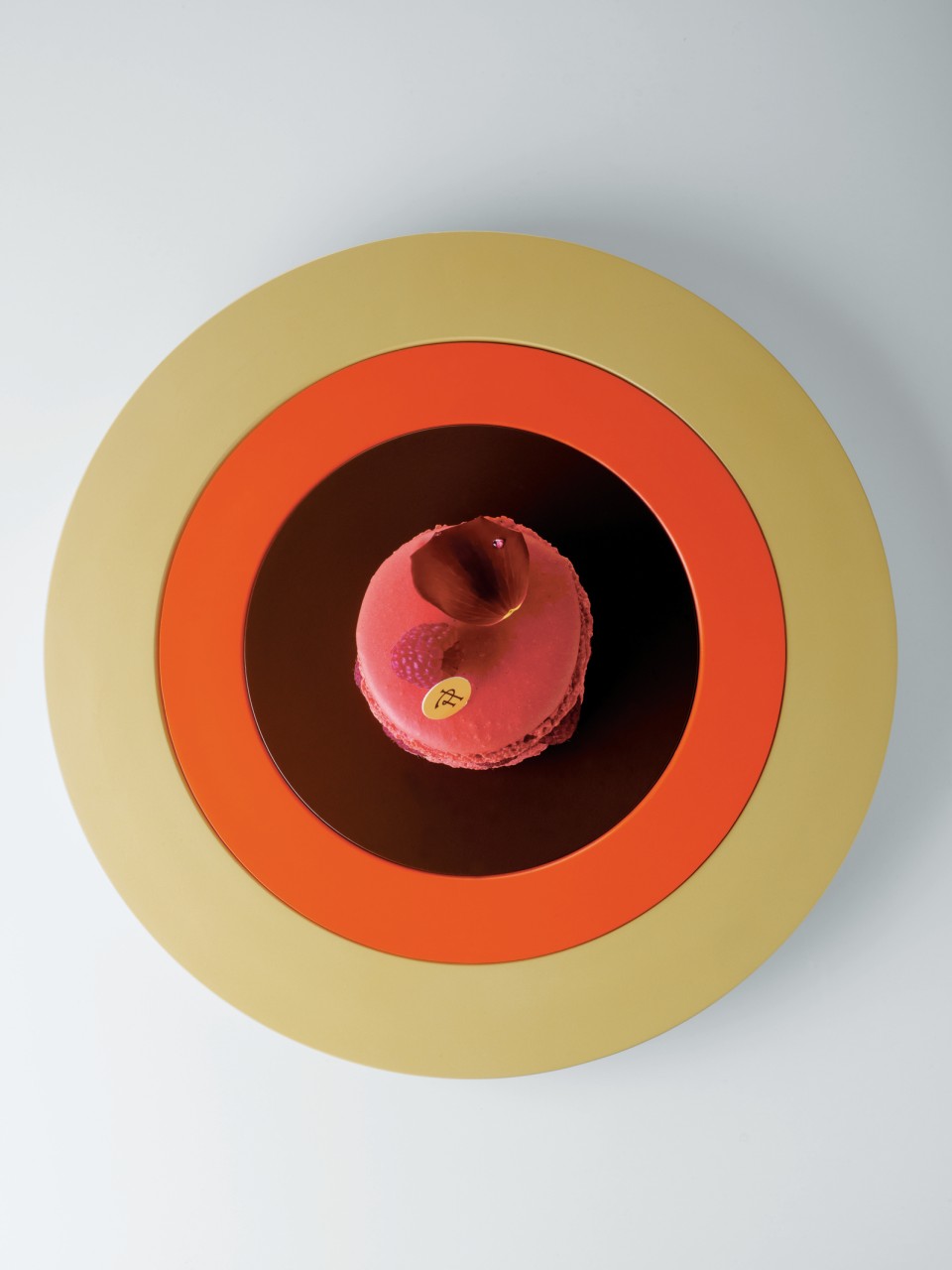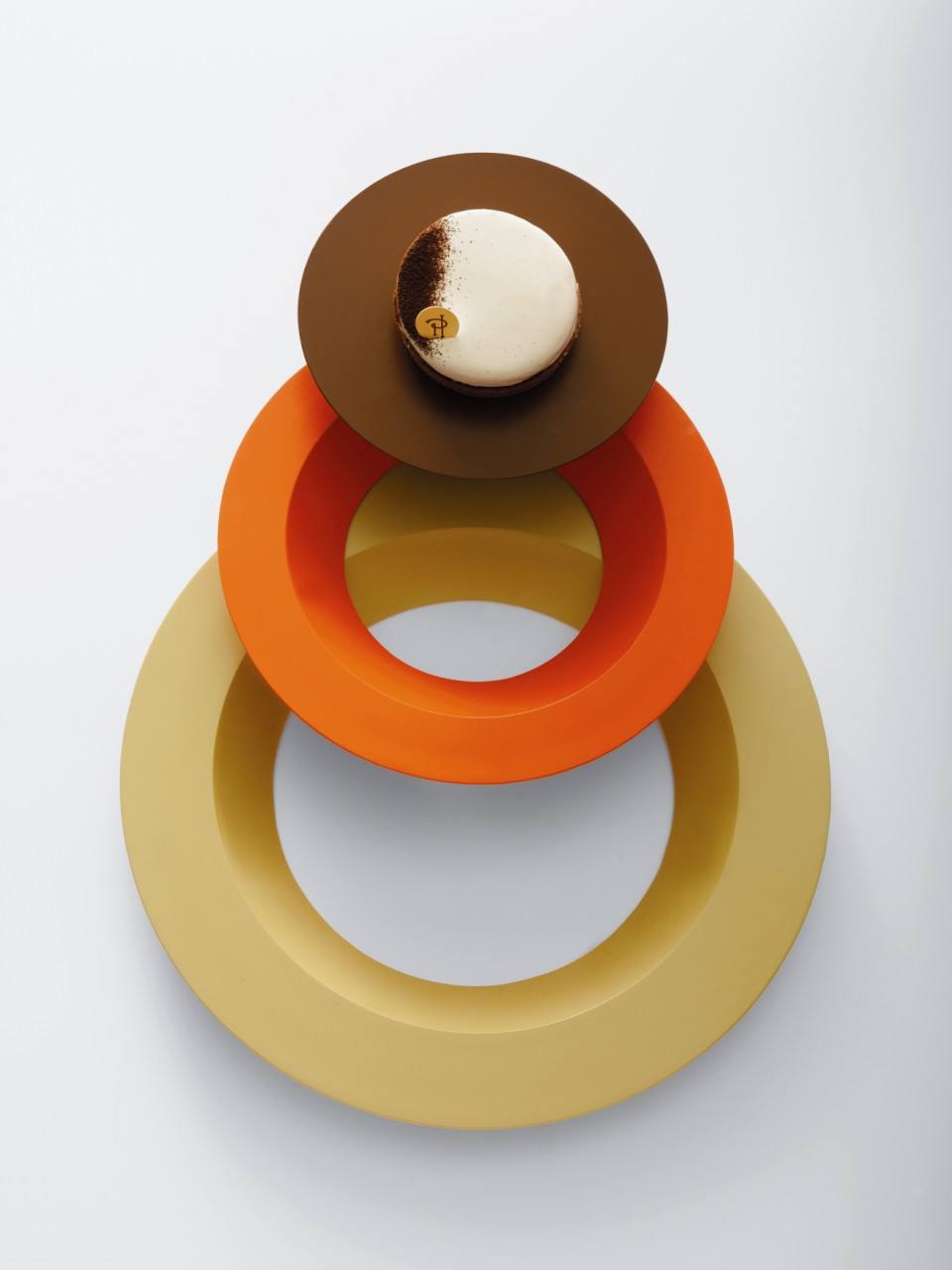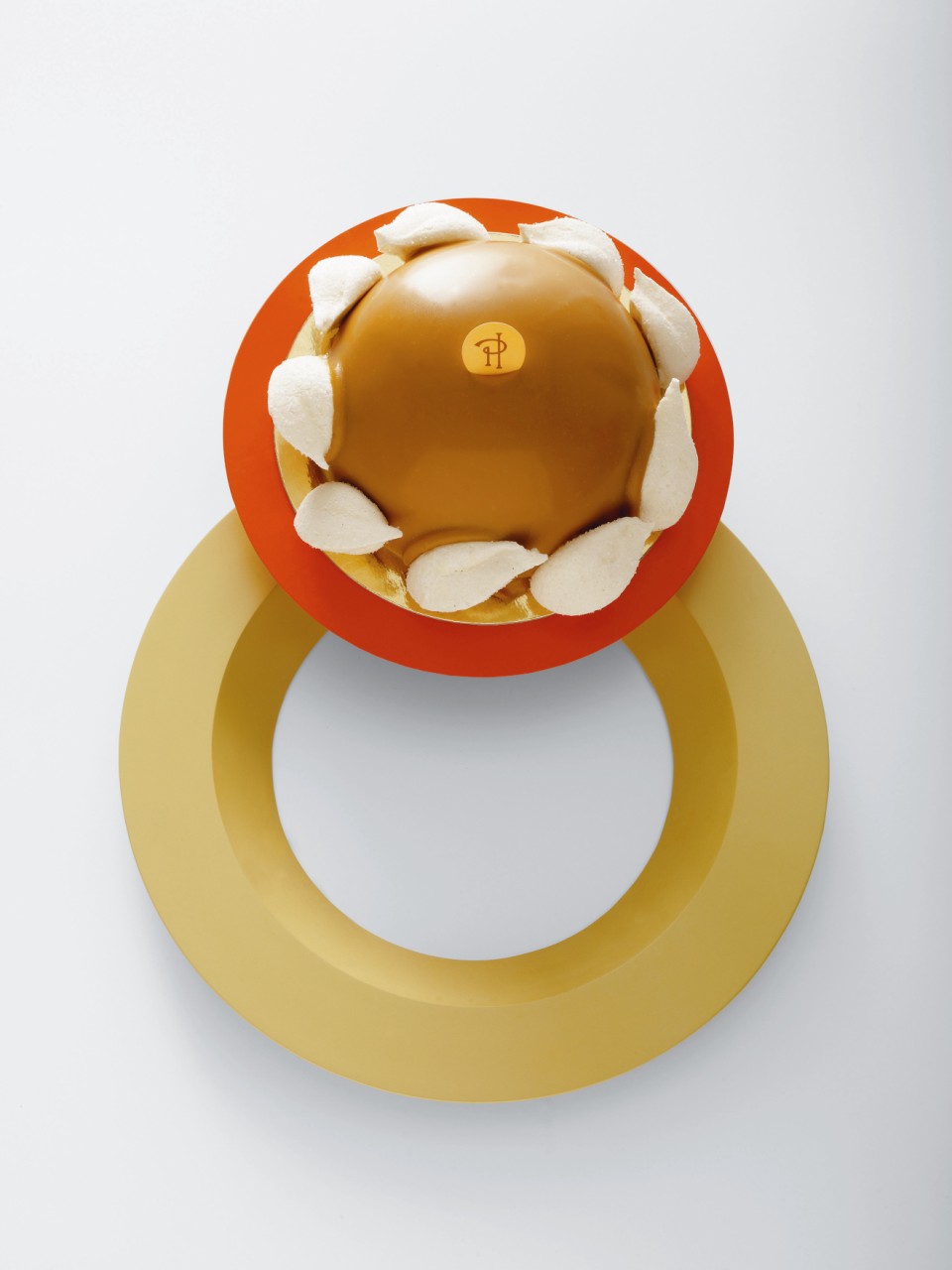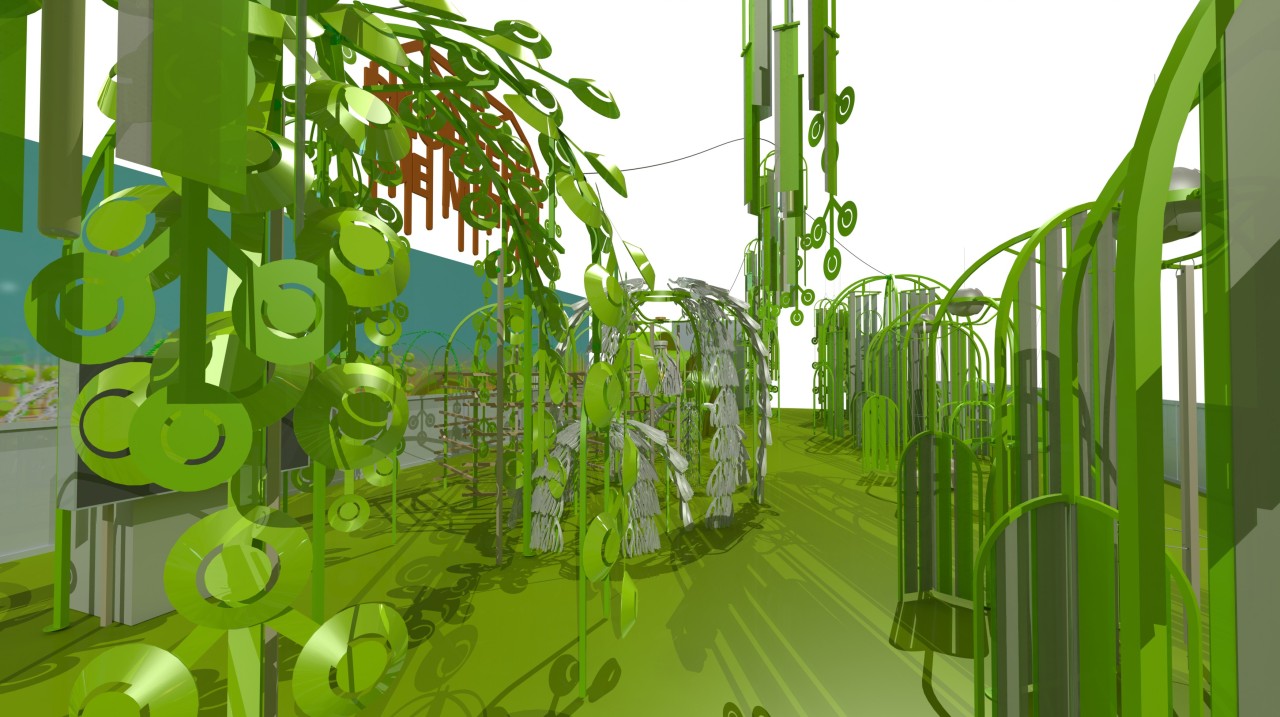Graduated at Les Ateliers École Nationale Supérieure de Création Industrielle, Matali Crasset is industrial designer of formation. In agreement with one of her emblematic objects, the column of hospitality "When Jim goes to Paris", she puts a clean methodology in which she questions the evidence of the codes that governs our daily life to free oneselves better of it and to experiment. Thus she develops new typologies articulated around principles as the modularity, the appropriation, the flexibility, the network.
Her work that has imposed itself from the years 90 as the refusal of the pure shape, conceives itself like a research in movement, made of hypotheses more than of principles. She collaborates with eclectic universes, from the handicraft to the electronic music, from the scenography to the furniture, from the graphics to the interior architecture. Matali Crasset spent her childhood in a small village in the north of France, in a farm where work and life were intimately bound.
INTERVIEW
What does design mean for you? What is design in your life?
Design, that is, my work, is one with life. It takes nourishment from life itself as I take nourishment from it. If I could paraphrase the words of Robert Filliou, I would say: Design itself is what makes design more interesting than life.
Please describe the changes in design over the last 20 years.
The past holds no interest for me, I simply look at it.
Which designers/architects have influenced your work the most.
I don’t know if it means they have influenced me. There are certainly designers that have opened new doors such as Philippe Starck, without whom French design would surely be poorer. Dennis Sandachiara demonstrated to me how reflection sensitivity was powerful in this world.The names of two females whose names come to mind are those of Nanna Ditzel and Charlotte Perriand who surpassed the iconic form of the object, placing it as a part of the space, thus of life of fluidity and so freeing the design from every aspect of pretentiousness.
Next I think of Bruno Munari for his freedom and his transverse approach which he developed through his discipline of setting no boundaries.
The readings of the following also played an important role for me: Perec, Marc Auge, Francois Dagognet, Bachelard and Foucault.
What item have you envied because of its design?
I see more and more that profession, in the work I produce, exactly in the same way as an obstetrician or a midwife. It requires much less to shape the material from the aversive side. Basically it is to highlight, to connect, to organise around common values and intentions, the combinations and the net skills and sociability.The majority of works I am currently working on exhibit that collective and collaborative dimension of work.
I am thinking of the recent work ‘la Maison des Petits’ in Paris, the country houses in the centre of the woods Fransnes-au-Mont, the school ‘Le ble en herbe’ in Brittany, the hotel Dar’hi in Tunisia, the store with the olive oil of Cedric Casanova in Belleville. So, there is a dimension with a mainly local character which interests me greatly. It is clear that ‘contemporary’ is not the exclusive privilege of the urban world. In addition it is true that I design objects but the objects are not the centre or the purpose of the creative process. It is the strong communication between others (architecture, scenography, an exhibition) in a determined moment, more extensive thought.
Do you believe that design assists in the creation of a ‘better’ world?
My main occupation is the realization of works with chosen associates to a common aim. I am mostly interested in the ‘local’ rather than the global, the thought that is based on the context of systematic thought.















